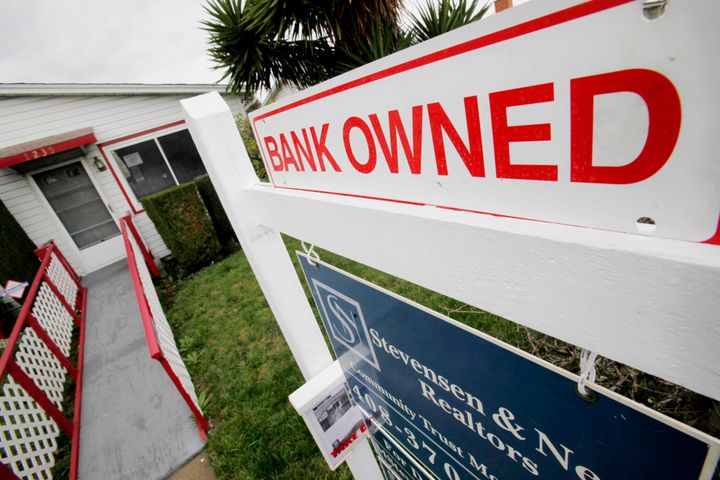
The bankster propaganda machine relentlessly grinds out the fear-laden hype: your credit will be "ruined for seven years." Your credit will be "wrecked!" But as Russians say somewhat wearily about economic propaganda, "That was a long time ago ... and it was never true anyway."
Credit being "ruined" doesn't really mean anything anyway, because having "good credit" simply means having good enough credit to achieve a particular goal.
That goal might be renting, perhaps after a foreclosure. Bankster fear-mongering is pretty much of a yawn in this case, because most landlords just want the rent and no property damage or aggravation. Foreclosure is of little interest to them; what counts is whether you skipped out on another landlord. (Covered in a previous HuffPost article.)
Buy a car? As the used car lot signs say in the Hispanic region I live in, "Su trabajo es su credito," or "Your job is your credit [rating]." So you pay 18% instead of 3% for a good used car instead of a new one, drive it for two years, and now you're back to 4.2% interest on car loans. (If you have zero income, yes, you might have a problem -- but credit rating itself is not an insurmountable issue.)
Buy a house? Why not? If a poor credit rating is due to a convergence of being behind on credit card payments and having your car repossessed on top of a foreclosure, that's a problem (for the next three-five years). If it's just a foreclosure, and you were lucky or wise enough to walk away while you still had assets, well -- in a hard-hit area of the US., the new house might only cost half what the last one did, and so your assets-to-payment ratio looks a lot safer to the next lender.
Of course Fannie Mae has said they are going to penalize (or was it punish?) strategic defaulters, but they may not have the resources or the math to differentiate between a strategic defaulter and a situational defaulter (who simply could not pay).
It may not make much difference anyway. At the end of Q1 the average value of a house in the U.S. had dropped to $158,700 according to figures from the National Association of Realtors. Most analysts expect the downtrend to continue into 2012. At that point Fannie Mae may not have the leverage it did when housing was ridiculously overpriced -- because if someone is putting down $15,000 or more on a $150,000 house, the house is realistically valued, and the mortgage debt is back to a sane 1970s level of three times their annual gross income, a lender does not have a lot of worries. A local financial institution could be comfortable making the loan and holding it, without feeling the urge to flip it to Wall Street.
That much can be learned by reading the news.
Serial bankrupters -- those who default like clockwork every eight years -- know more. They have generously taught me their methods, even though I haven't joined their ranks.
Now, you have to allow for the fact that declaring bankruptcy helps your credit rating in some ways, since you can't declare again for eight years. That said, this is the typical timetable for a serial bankrupter to return to the loving embrace of lenders:
Year One: Get your name as co-signer on some regularly-paid utility bills. Buy a $200 piece of jewelry on time, making sure the jewelry store reports to credit agencies. Take out a Visa or Master credit card on one of those ripoff deals that requires a $100 deposit; then start using it regularly, paying down the balance to zero every month, or almost every month.
Year Two: After 12-15 months contact the credit card company and ask them to turn the card into a real credit card. Pay off the last of the jewelry. Buy an affordable used car on credit.
Year Three: Coast, keeping up the "good profile" on the credit card and the auto payments. As the credit card limit rises, occasionally run it up to over half the credit limit, and then pay it down to zero again in two months. Never be late on a payment.
Year Four: You are now good to go for another financed car at much lower interest rates.
Year Five: Congratulations, you're homeowner material again.
That's the traditional timetable for serial bankrupters. I'm guessing that in the Great Recession, that timetable will be accelerated, and a lot of people with "ruined" credit will be getting workable credit ratings back in as little as 2-3 years, and be good for a mortgage again in four years.